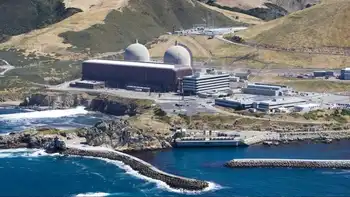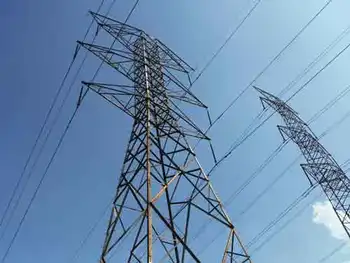Proposed stimulus package critical to ensuring reliability
The bill, which includes provisions for $8 billion for loan guarantees for transmission and renewable energy projects and additional funds to advance the “smart grid,” is the strongest support for electric infrastructure development to be considered by lawmakers in recent years.
“We applaud the Obama Administration and Congressional lawmakers for their leadership in working to resolve the national transmission crisis and support needed infrastructure development,” commented Rick Sergel, president and CEO of NERC. “We strongly support the smart grid and loan guarantee provisions in the proposed stimulus package and look forward to further discussion on addressing barriers to the development of this needed infrastructure, including siting and cost allocation for transmission projects.”
NERC flagged the escalating need for transmission as critical to a clean and reliable energy future in its 2008 Long-Term Reliability Assessment and Special Report on Reliability Impacts of Climate Change Initiatives, highlighting the integration of new renewable resources as a key driver for transmission development. Typically located outside the transmission gridÂ’s present footprint, these remote resources will require more transmission to move power from where the wind blows, the sun shines, and the waves roll to where customers need it.
Transmission development has significantly lagged behind generation development for the last decade, leading to situations where the grid is operated closer to the edge than in the past. Operating performance statistics collected in recent years increasingly suggest the grid is in need of significant investment.
Related News

Electricity retailer Griddy's unusual plea to Texas customers: Leave now before you get a big bill
DALLAS - Some retail power companies in Texas are making an unusual plea to their customers amid a deep freeze that has sent electricity prices skyrocketing: Please, leave us.
Power supplier, Griddy, told all 29,000 of its customers that they should switch to another provider as spot electricity prices soared to as high as $9,000 a megawatt-hour. Griddy’s customers are fully exposed to the real-time swings in wholesale power markets, so those who don’t leave soon will face extraordinarily high electricity bills.
“We made the unprecedented decision to tell our customers — whom we worked really hard to get — that they…




